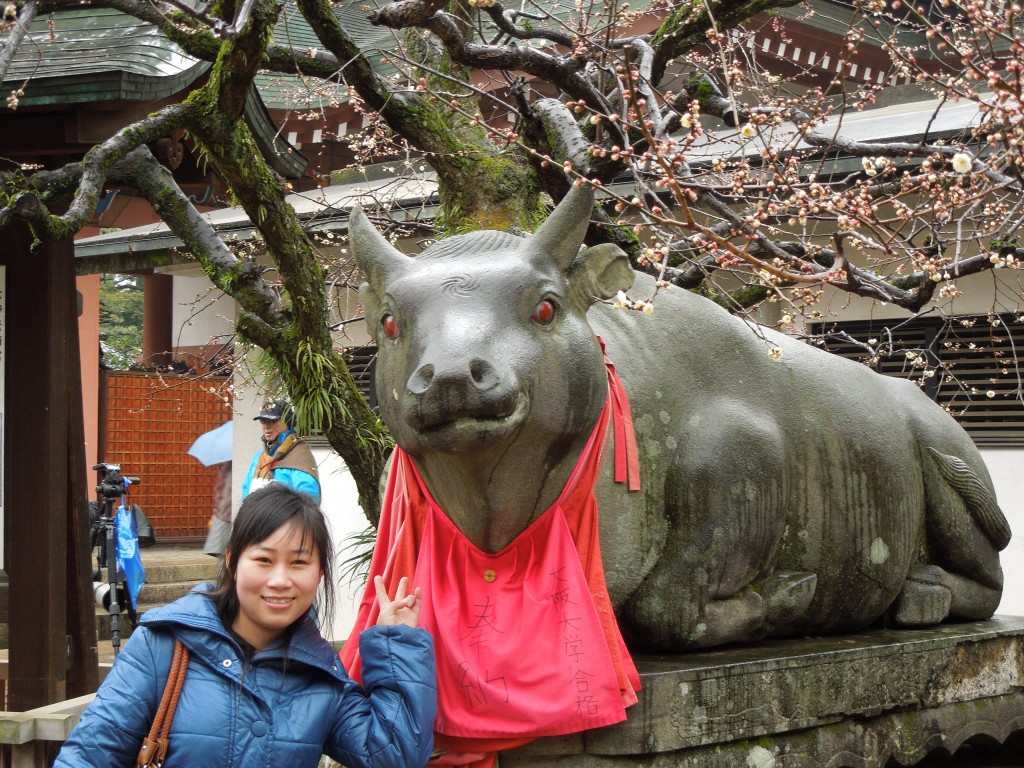
Posing in front of ox and plum, both symbols of Sugawara Michizane (deified as Tenjin). One was his favourite tree, the other indicated his burial place by refusing to move on when pulling the funeral cart carrying his body.
February 25 every year is Baika sai (Plum blossom festival) at Kyoto’s Kitano Tenmangu shrine. It’s also the monthly flea market known as Tenjin san. (Tenjin is the Kitano kami, alias Sugawara Michizane (845-903), a Heian-era statesman. )
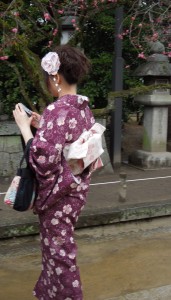
All dressed up for the blossoms
Plum was Michizane’s favourite tree, about which he wrote a famous poem expressing his regret at having to leave it behind when sent into exile in Kyushu (at Dazaifu, near present-day Fukuoka).
When the east wind blows this way
Oh, blossoms in the plum tree
Send your fragrance to me!
Be ever mindful of the spring,
Through your master is no longer with you.
Kitano Tenmangu now boasts an astonishing two thousand plum trees, and in celebration of their blossoming they hold a giant geisha tea party in the grounds. It commemorates the huge party that Hideyoshi once held in the shrine grounds to show off his tea prowess and utensils.
Plum blossom and geisha is a beguiling combination. However, this year I forsook them for the flea market, as I had visitors from out of town more interested in bric-a-brac and antiques than the rituals of green tea.
Lined along the main avenue and side street are stall after stall of antiques, exotica, fabrics and Japanalia… a true collector’s paradise. My American friend, to my bemusement, was not only quick to spot a bargain, but could match the most obsure lock or antique bottle with its likely resale value on ebay.
The stalls were laid out with all the loving attention to detail that characterises Japanese culture at its best. A labour of love, it seemed, in the crisp cold of early spring. Some stalls went for a bizarre miscellany, others took a themed approach.
One stall in particular stood out, figuratively if not literally. Framed by the background of the Kitano shrine, the fertlity, virility and protective charms of a more innocent age were being sold as curiosities. Once potent religious items, they survive now as fossilised symbols of the country’s once rampant phallicism.
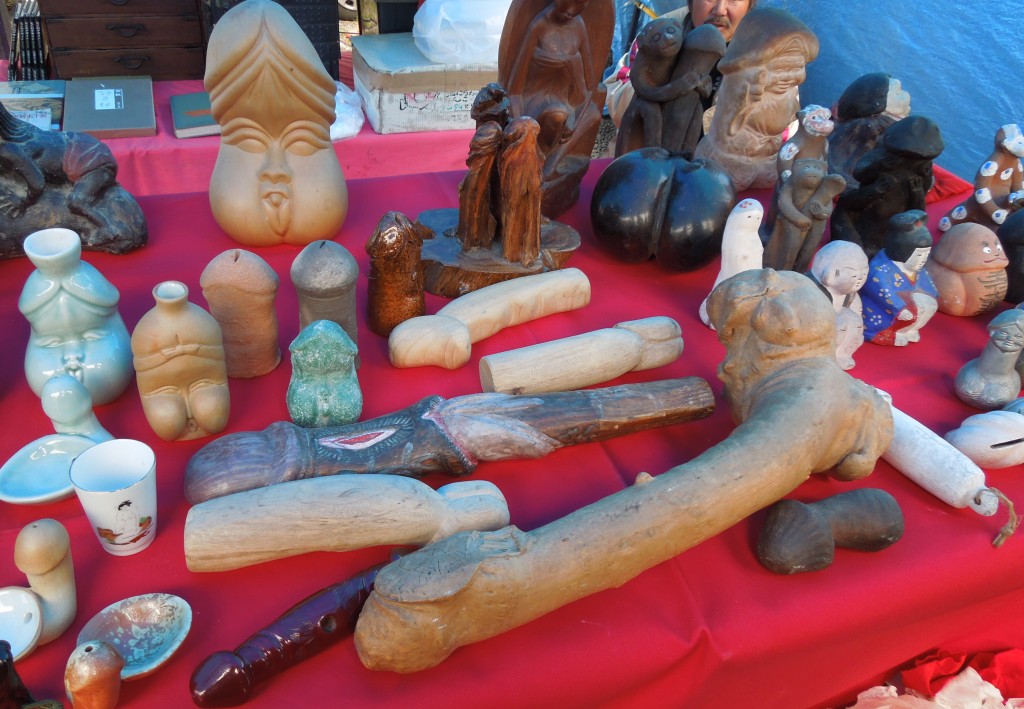
You never know what you might come across at a flea market
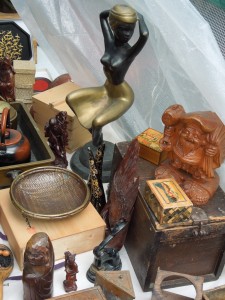
Daikoku keeping some unlikely company
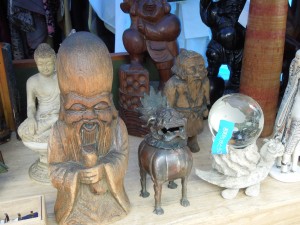
A collection of deities, including a very happy looking Fukurokuju
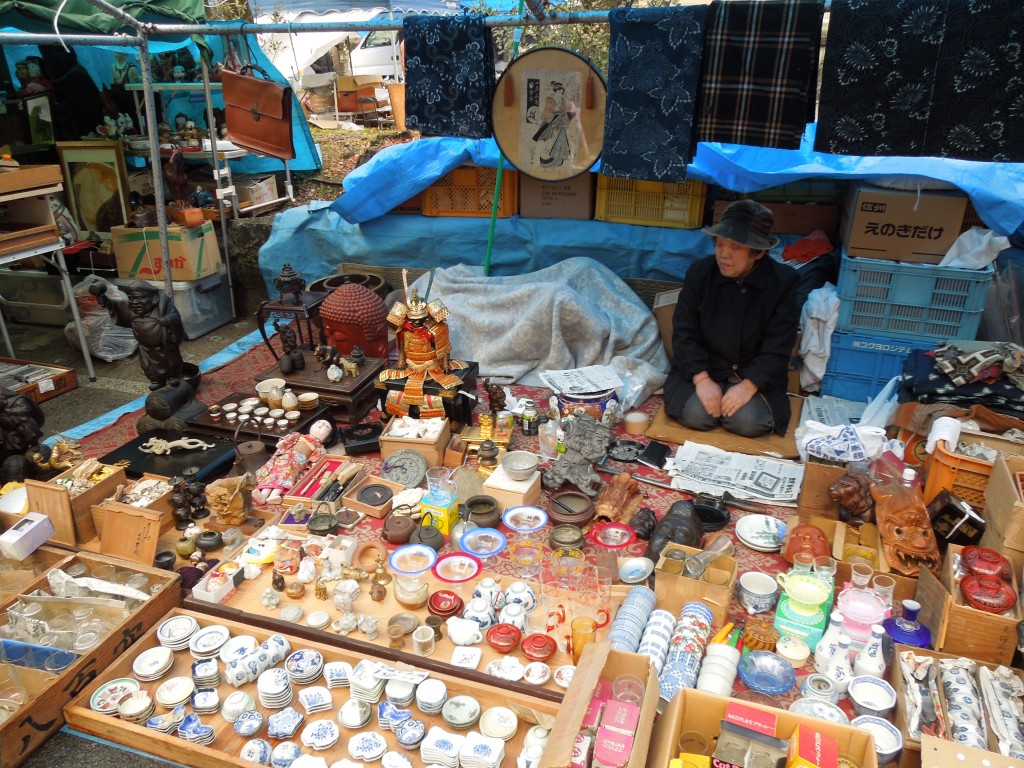
Some of the stalls are works of art in themselves
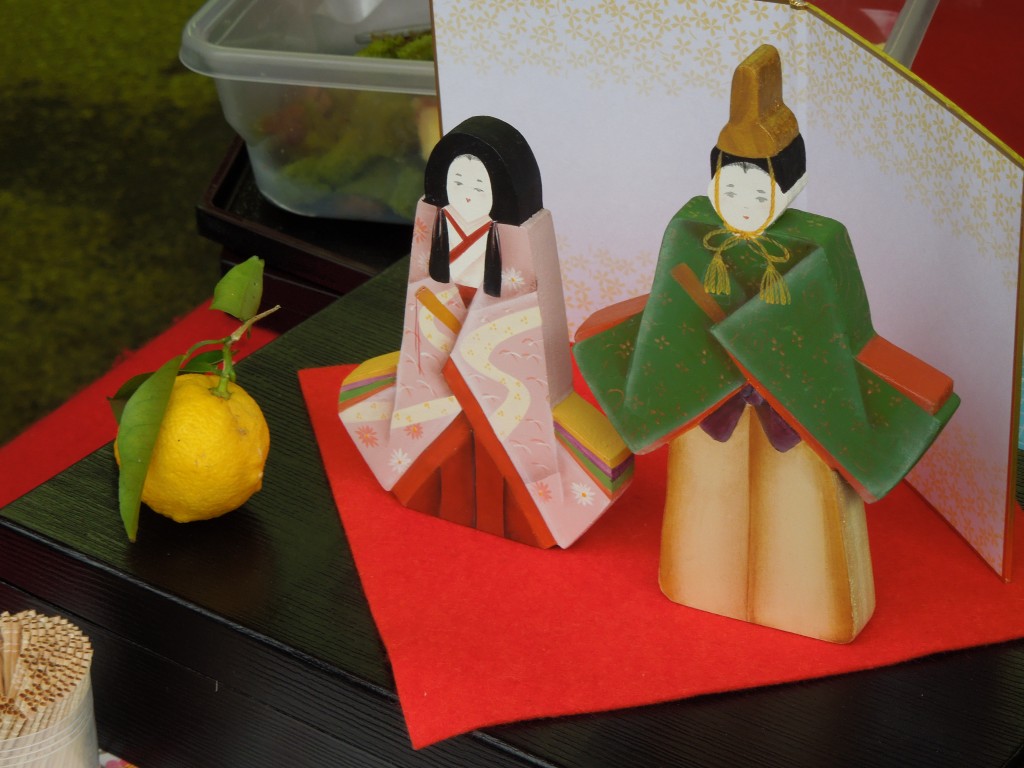
A touch of class and a taste of yuzu before leaving

Leave a Reply